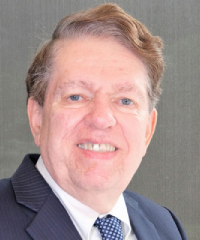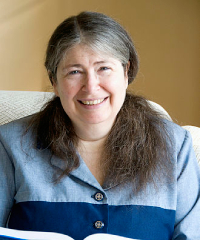 |
Tutorial I:
|
Abstract:
TinyML is a cutting-edge field that brings the power of machine learning (ML) into the performance and power-constrained domain of mobile and edge devices. This enables the variety of use cases for “always-on ML” on these battery operated devices. In this tutorial we will give a quick overview of ML for audio, computer vision and sensor applications. Then we will see how to compress and optimize these big ML models in order to run on power/memory constrained microcontrollers. In the end we will demo some of these use cases on a hardware kit.
Biography:
Akram Baharlouei is currently with Meta (Facebook) working on applied research and large-scale machine learning models serving billions of users. She was previously at Qualcomm where she worked on Machine Learning for 5G and WiFi applications, tinyML, 5G modem, and Qualcomm next-generation WiFi chipsets. She received her Ph.D. in Electrical and Computer Engineering from George Mason University, VA, USA.
  |
Tutorial II:
|
Abstract:
A common misconception is that any program that runs on a classical computer would run a zillion times faster on a quantum computer. In fact, a quantum computer is not a faster classical computer. It is different. This tutorial gives a conceptual overview of what quantum computation really is – what makes a quantum computer powerful for some types of problems, and its limitations. There are two cryptography-relevant algorithms that would run on a quantum computer; Grover’s and Shor’s. We will describe how these work at a level that is technical, but does not require deep physics or mathematics background. The consequence of Shor’s algorithm, together with a sufficiently powerful quantum computer is that the currently deployed public key algorithms (e.g., RSA, ECC, Diffie-Hellman) would be insecure.
We describe replacement public key algorithms that depend on math problems that Shor’s algorithm would not break. Several types of algorithms are being standardized, and the world will demand that vendors migrate to these algorithms, whether or not a quantum computer of sufficient size will ever exist.
Biography:
Charlie Kaufman, security architect at Dell/EMC and currently in the midrange storage group, has long been involved with computer networking and security issues. Prior to Dell, at Microsoft he was the security architect for Microsoft Azure – Microsoft’s Public Cloud offering – where he was involved with all aspects of cloud security from design through responding to ongoing attacks. Prior to Microsoft, at Lotus he was chief security architect for Lotus Notes and Domino and later the entire Lotus product suite. Prior to Lotus, at Digital he was the Security Architect for their networking group and later for Digital’s UNIX offering.
He has contributed to a number of IETF standards efforts including IPsec, S/MIME, and DNSsec and served as a member of the Internet Architecture Board. He served on the National Academy of Sciences expert panel that wrote the book “Trust In Cyberspace” and holds 70 patents in the areas of networking and security. He is co-author of the textbook “Network Security: Private Communication in a Public World”, the third edition of which should be out by the time of this conference.
Radia Perlman is a Fellow at Dell Technologies. She is known for inventing much of the routing and bridging technology deployed in today’s networks. She has also made contributions in network security and cryptography. She is the author of the textbook “Interconnections” (about network layers 2 and 3) and coauthor of “Network Security: Private Communication in a Public world”.
The 3rd edition of “Network Security” will hopefully be available before the conference, and will include topics such as quantum computing, post-quantum algorithms, blockchain, homomorphic encryption, and secure multiparty computation, in addition to the original material covering cryptography, user authentication, and other network security issues. She has been recognized with many industry honors including induction into the National Academy of Engineering, the Inventor Hall of Fame, The Internet Hall of Fame, Washington State Academy of Science, and lifetime achievement awards from Usenix and SIGCOMM.
She has a PhD in computer science from MIT.


